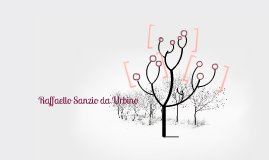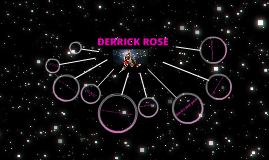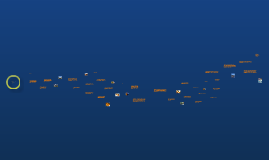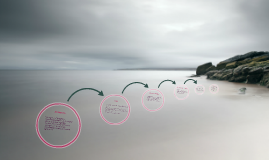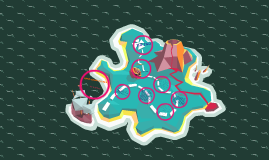Chile Powerpoint - Spanish 3
Transcript: Chile Spanish hour 3 By: Alicia Caretta Places I traveled! When I visited Chile I got to tour the capital; Santiago. I learned that the capital was founded in 1541 by the Spanish explorer Pedro de Valdivia. The city of 5.5 million people lies at the foot of the Andes Mountains! It was exciting to wake up several mornings in Santiago and see these enormous Mountains. I also visited the “Las Torres y Los Cuernos de Paine”. These were sharp peaks that rose almost vertically from the plains below. They are located more that 2,000 kilometers south of Santiago! The last of many places I visited was “El Altiplano de los Andes en Chile”. I came to learn that these were the Chilean highlands. They are part of a large plateau in the Andes Mountains. They lie more than 4,500 meters high. The llamas, vicunas, guanacos and alpacas are well adapted to this extreme Chilean altitude. While in Chile I visited “el desierto de Atacama”. It is in northern Chile and is the driest desert in the world! One of the last places I visited was “Iquique”. This city was in northern Chile too. It had a lot of the “mudejar” architecture that had an Arabic style to it. It was amusing to see the was the cities had progressed over time and to see that this cities architecture wasn’t changed much over time from when it was introduced my the Spaniards long ago. New foods I experienced! One of the many food I tried in Chile was “El pastel de Choclo”. It is a meat pie topped with the perfect amount of mashed corn. It was delicious! Another food I tried while in Chile was “Los mariscos”. Los mariscos was a dish that was common for Chileans to eat. It is a great variety of seafood from the Pacific Ocean! The specific dish I tried was called “Curanto”. A third food of the numerous I tried was called “cazuela”. This dish is traditionally made with beef, potato, a piece of pumpkin, carrot slices, red or green pepper slices and green beans. I would have to say it was one of the best meals I ate in Chile! Another dish I tried was called “Charquican”. It was made of ground or diced meat cooked with garlic, onions, potatoes and pumpkin all mashed. It is a mushy dish but it tasted fantastic! A last of several dishes I tried was called “Empanada de Pino”. It was a typical turnover filled with diced meat, onions, olive, raisins and a piece of hard-boiled egg, baked in earthen or plain oven. It was a very common and traditional meal from Chile! Fiestas! la fiesta de la tirana is held in the town of la tirana near iquique and they hold this major festival each July. The festival has its roots from incan ceremonies, chinese carnivals and spanish fiestas. It is the largest religious festival in northern Chile and it is known for having a colorful presence of the dancing group called "diabladas". The dance is performed by the "diablos" (devils). The Virgen del Rosario is the saint of the Dominican Order, who was in charge of the slave brotherhoods in colonial times. This is why the image of a saint is often associated with a symbol featuring the letter "S" pinned on by a nail, symbolizing the black slaves. The worship of the saint dates back to 1536, and the festival is celebrated all over Peru. On the first Sunday of October, in the highlands of the department of Lima, the local citizens hold an agricultural fair, bullfights, marinera competitions and a march or movement featuring Los Diablos (demons) as the main dancing act. Peruvian Paso Horse festival: The Spanish horse, which was bred with the Arab stallion and raised in a desert environment, which formed its gait, gave rise to the Peruvian Paso horse. For 300 years, this new breed was improved until the Paso horse developed the characteristics that have made it one of the world's most beautiful and elegant breeds. The costume for this festival is composed of the saddle and trimmings and the splendid outfit of the chalán himself (white shirt and trousers, wide-brimmed straw hat, vicuña wool poncho, handkerchief, boots and spurs). When I visited Chile I met Pedro Lira. He was a chilean artist that gained international fame for his paintings. He told me his paintings were the founding of Santiago! While in Chile I got to see a lot of famous paintings! One of my favorites was a scene of the first divine service in Chile (1904) by the Chilean painter Pedro Subercaseaux Errázuriz (1880-1956). 5 significant parts of the city I witnessed! La Isla Chiloe was a type of architecture that was displayed with vivid colors and wooden designs and it characterized most houses on the southern island of Chile. A key aspect in Chile was the different currency; the chilean peso. The government was a major debatable topic of Chile. The country as one is republican, but there is much questioning of the topic. The official language of Chile, as I found out from visitin, is Spanish. When in Chile I traveled to and saw many volcanoes around the town. This is because there are over 2,000 of them and 55 of them are active! 5 national






